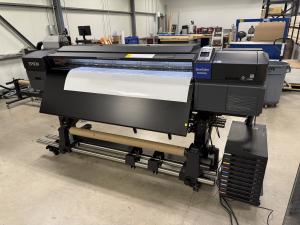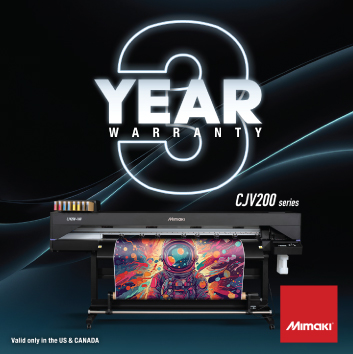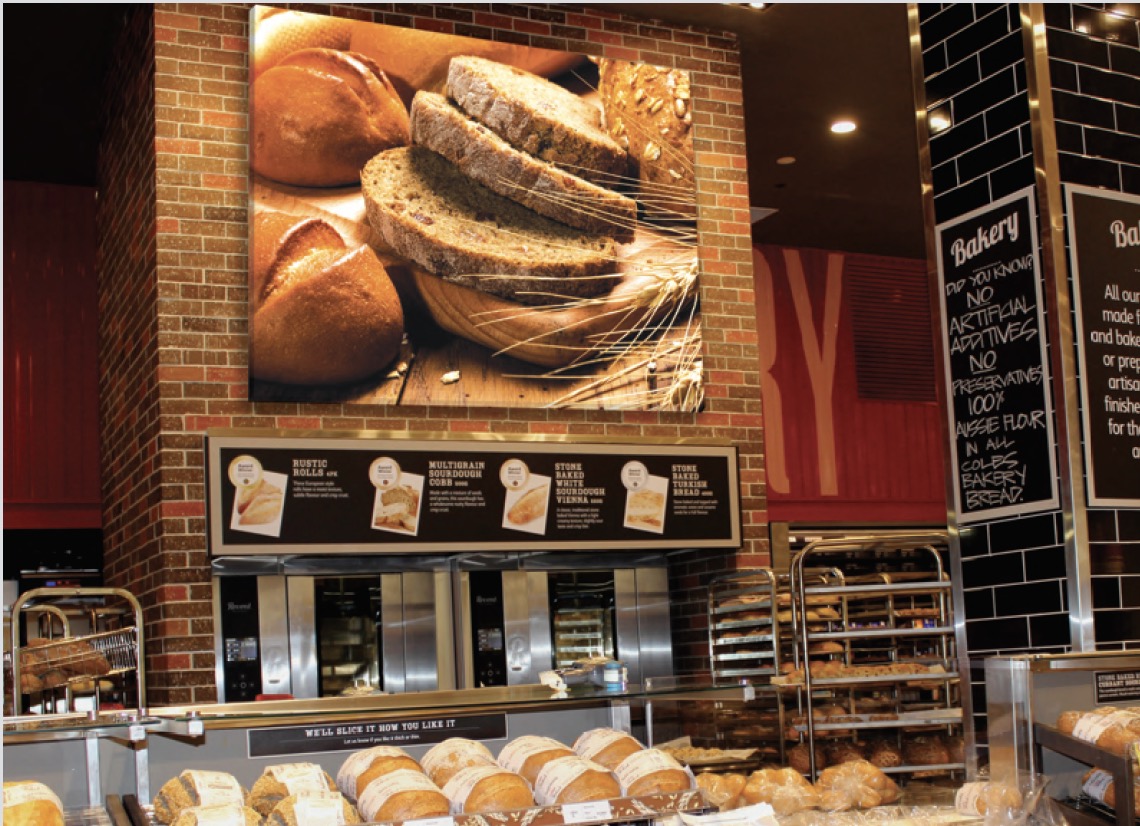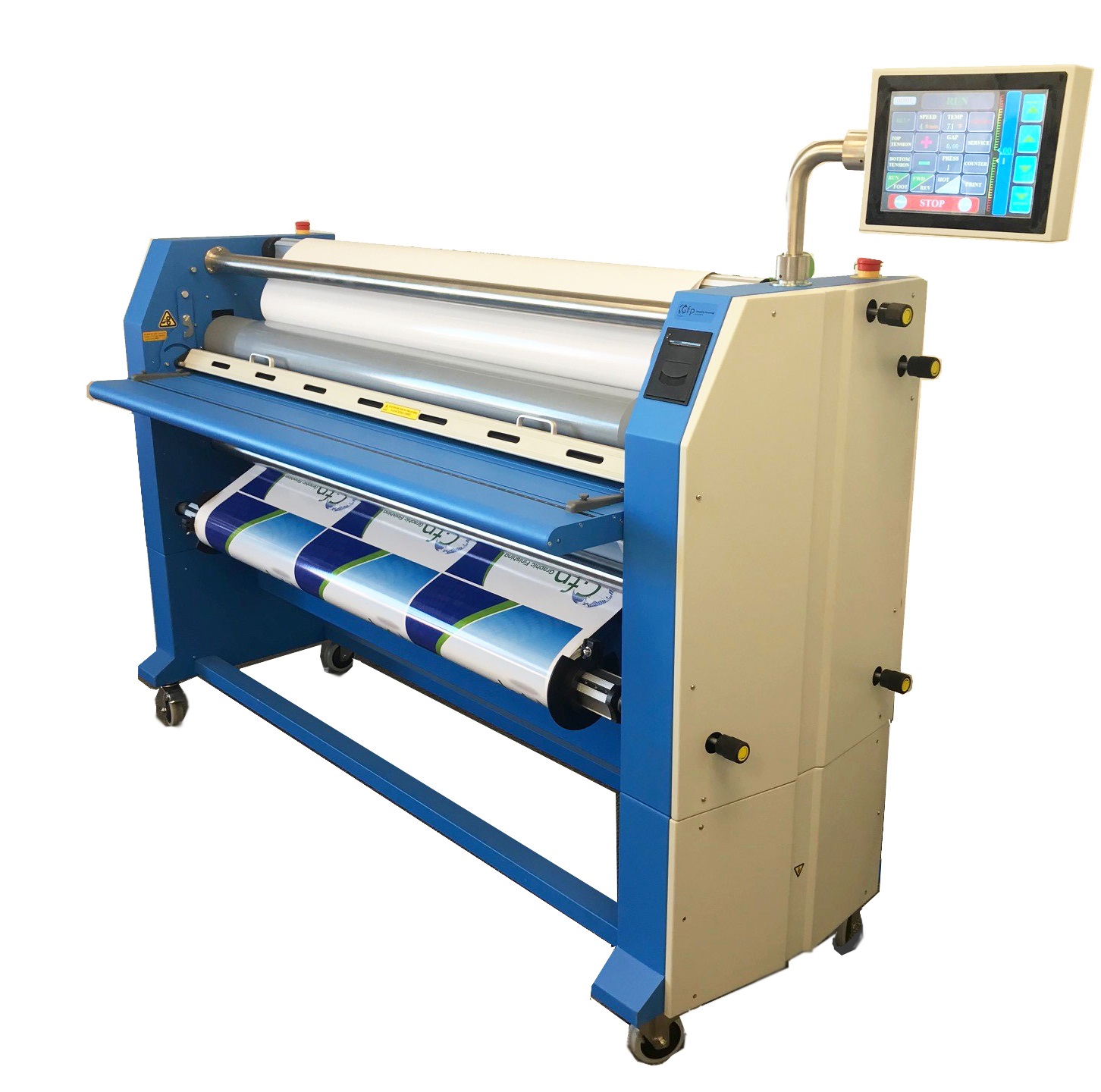Digital Signage: Tips and tricks for interactive video walls
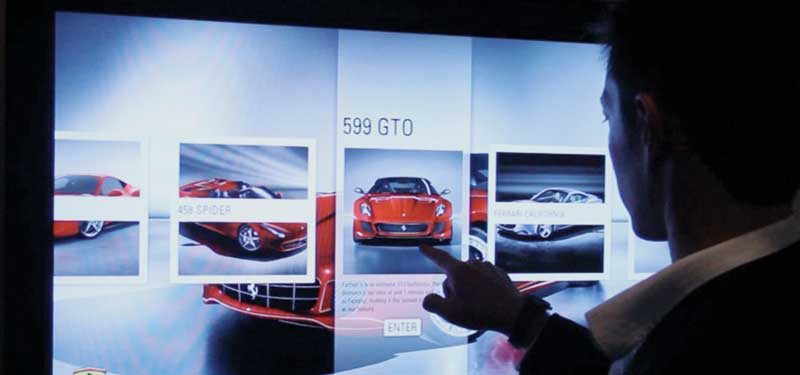
Material options
The selection of the video wall substrate—i.e. tempered or plate glass, polycarbonate or acrylic—can also make or break a deployment.
Large sheets of tempered glass, for example, are usually optically imperfect. Up-close viewing, where passersby are standing within 0.6 m (2 ft) of the video wall surface, can be negatively affected by ‘waviness’ caused by contaminants in the glass.
If a plastic-derivative material is chosen instead, but specified in too thin a sheet size, then the heat from the LCD behind it can cause it to bow out into the IR plane of the touch frame. This can result in ‘false touches’ and even render the frame completely useless.
Other parameters to consider during substrate selection are special care during shipping and handling and long-term durability for high-traffic deployments. The handling of large sheets of non-tempered plate glass in tight spaces calls for very steady nerves; otherwise, they can crack or break.
Plastic substrates are much lighter and safer to handle. Their downfall, however, is their low resistance to scratches. Soft and flexible polycarbonates are virtually unbreakable, but can easily be scratched by a ring on or keys in a user’s hand. Acrylic is somewhat harder, but still more easily scratched than glass.
So, there is a trade-off, with the ultimate choice depending on (a) how much the client worries about surface scratches and (b) how comfortable the installer is handling glass in the given environment.
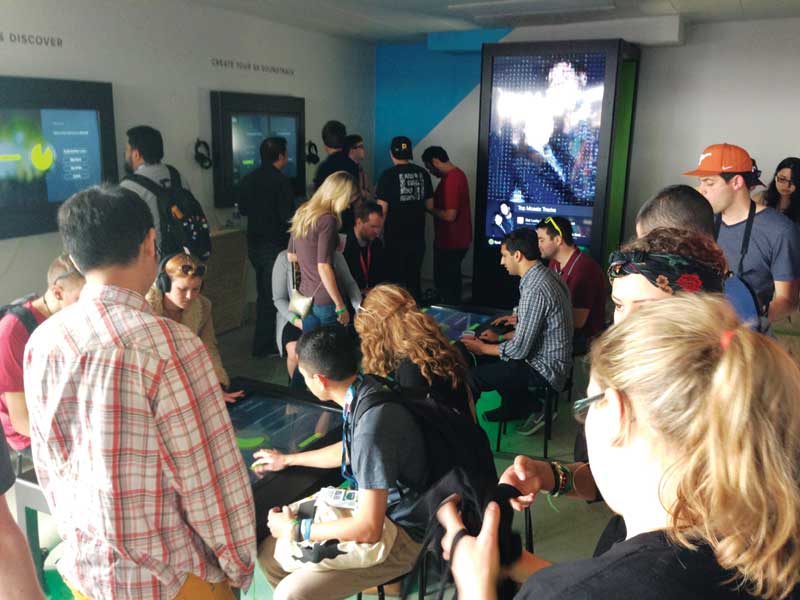
Installing components
The process of installing all of the various components of a touch screen—including the substrate, the support bracketing and the bezel—may also seem daunting. It is certainly valuable to source components that have been designed and engineered with ease of installation in mind.
Many of today’s ultra-narrow LCDs offer almost seamless mullions between screens, which are beneficial for displaying content across a video wall, but their slimness is also their Achilles’ heel. The LCD polarizer and internal glass (a) are extremely fragile and (b) are protected only by 2 mm (0.08 in.) of flexible tin. One screen cannot bear any weight from the adjacent screen above it within the array. Any weight placed on the bezel can damage the polarizer and cause the LCD to fail.
This is why the proper installation of all of the components is key to the successful deployment of an interactive video wall and keeping it within budget. In the end, the difference between success and failure is all in the details of the 2 to 3-mm (0.08 to 0.12-in.) gap between screens—about the width of a credit card.

